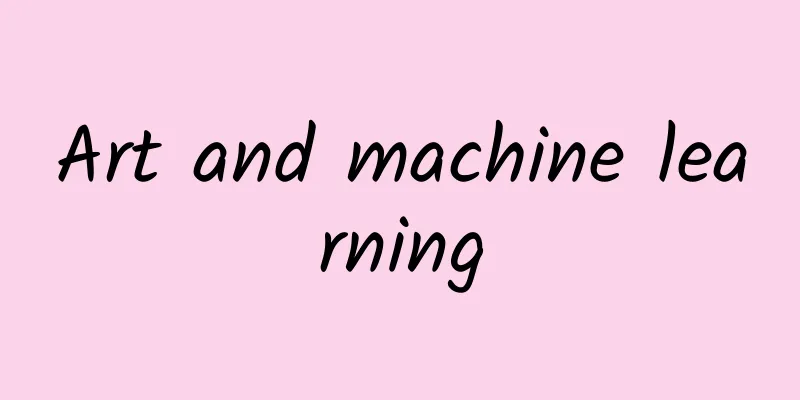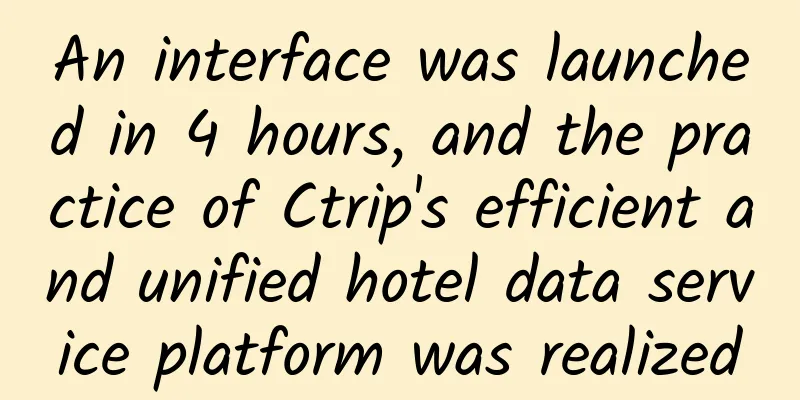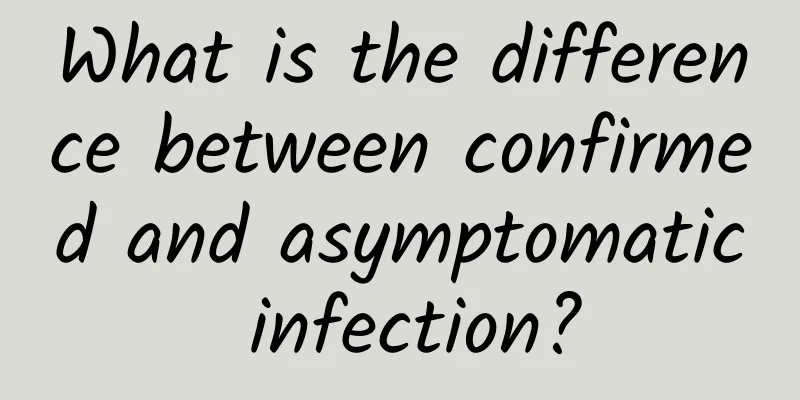Art and machine learning

|
In a blog post published last June, we used visualizations to explain how neural networks work for image classification. As a byproduct, we discovered some strange and profound images produced by neural network technology. Everyone is welcome to join the discussion on art and machine learning. |
>>: Are TV games revisiting classics game remakes or just rehashing old stuff?
Recommend
How to authenticate Douyin Enterprise Blue V? Things to note when going through the Douyin Blue V certification process!
Enterprise Douyin certification process, Douyin B...
How to optimize e-commerce promotion costs if they are too high?
Information flow promotion often encounters vario...
Download the complete works of Jin Yong's novels in txt format for free
The complete collection of Jin Yong's martial...
The mass of the Earth is about 600 trillion tons, so can we calculate the mass of larger and more distant stars?
The mass of the Earth is 5.965x10∧24 kilograms, w...
Breaking news! Floods hit Datong County, Qinghai, killing 16 and leaving 36 missing
According to the latest news from CCTV, the flash...
Software Engineer Entrepreneurship Trap - Taking Private Jobs
I am a Java engineer by profession. I have been w...
Four great pieces of information! Analysis of main force behavior! Baidu Cloud Download
If you want to make profits in the market, but yo...
iPhone 6 vs. 5s from all angles
Recently, the Italian website macitynet.it release...
Are you still using it to wipe your mouth? It is recommended to replace it immediately
A few days ago, I had just finished a meal and wa...
Frontline of Epidemic Prevention | Is the ninth edition of the prevention and control plan still effective? Can vaccination wait? ... The authoritative answer is here!
On August 10, the Joint Prevention and Control Me...
Twitter officially launches Periscope. Can it compete with Meerkat?
[[130843]] The popularity of the video live strea...
Eating water chestnuts raw? A 27-year-old woman had live worms removed from her body. Be careful when eating water chestnuts raw
Water chestnuts are a favorite food for many peop...
Is Ford's failure in India inevitable? The factory may be acquired by an electric car company
According to foreign media reports, Ford Motor Co...
Gurgle, gurgle! Why is there always gas in my stomach?
This article was reviewed by Dr. Tao Ning, Associ...
Qualcomm's patent war continues to escalate. What are its chances of winning by banning the sale of Apple phones?
In the cold winter of 2018, the patent war betwee...









